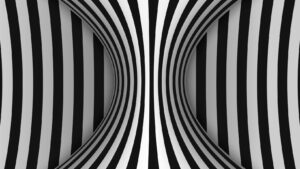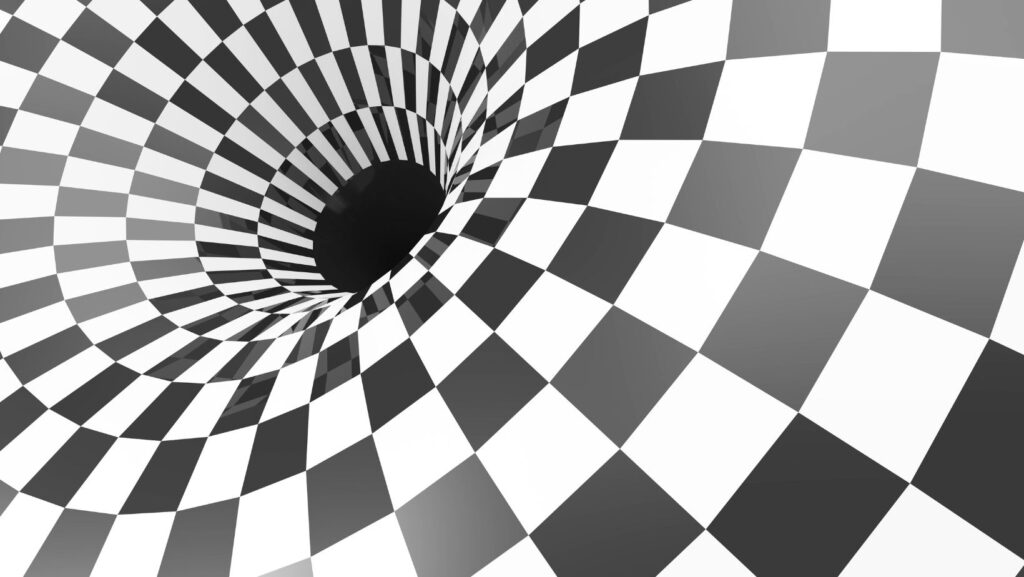Have you ever been amazed by images that play tricks on your eyes, making you question what is real and what isn’t? In the world of photography, optical illusions are a captivating and creative technique that challenges our perception in the most mind-bending ways. As a photographer, I’ve delved into the mesmerizing realm of optical illusion photography, where reality blends seamlessly with illusion to create stunning visual masterpieces.
Through the lens of optical illusion photography, ordinary scenes transform into extraordinary spectacles, leaving viewers in awe of the hidden depths within a single frame. From mind-bending perspectives to surreal distortions, these images push the boundaries of creativity and challenge our visual cognition. Join me on a journey through the captivating world of optical illusion photography, where what meets the eye is just the beginning of a mesmerizing visual adventure.
Optical Illusion Photography
The Science Behind the Magic

Exploring optical illusion photography unveils the intriguing science behind the enchanting visuals. When capturing these photos, the manipulation of light, perspective, and composition plays a pivotal role. As a photographer delving into this realm, I constantly experiment with angles and depths to create illusions that challenge the viewer’s perception. By understanding how the human brain processes visual information, I can craft images that deceive the eye, blurring the lines between reality and illusion.
Types of Optical Illusions in Photography
In optical illusion photography, various techniques can be employed to mesmerize audiences. Anamorphic illusions distort the image in a way that only when viewed from a specific angle do they reveal the intended composition. Forced perspective tricks the mind into perceiving objects as larger or smaller than they are in reality, leading to captivating and surreal photographs. Furthermore, inverting colors or shapes can create mind-bending effects that defy logic. By experimenting with these different types of optical illusions, I push the boundaries of creativity and challenge myself to create visually stunning and thought-provoking images.
The Art of Creating Optical Illusion Photographs
Composition Techniques for Illusion

In optical illusion photography, mastering composition techniques is essential for creating captivating images. By strategically arranging elements within the frame, I can manipulate viewers’ perceptions and challenge their visual interpretations.
I often employ techniques such as framing, leading lines, and symmetry to guide the viewer’s gaze and create depth in the photograph. Through careful composition, I can distort reality and introduce elements that defy traditional expectations, resulting in mesmerizing optical illusions that intrigue and engage the audience.
Playing with Perspective and Scale
Exploring perspective and scale is at the core of optical illusion photography. By experimenting with angles, I can create illusions of depth and dimension, altering the way objects appear in relation to one another. Playing with perspective allows me to distort reality, making objects appear larger or smaller than they actually are, challenging the viewer’s sense of spatial awareness.
Incorporating scale into my compositions further enhances the illusion, as juxtaposing objects of varying sizes can create surreal visual effects. By manipulating perspective and scale, I can craft images that provoke curiosity and invite viewers to question the boundaries between what is real and what is perceived.
Using Light and Shadows Effectively
Light and shadows play a crucial role in optical illusion photography, enabling me to enhance depth, texture, and contrast in my images. By strategically manipulating light sources and shadows, I can create illusions of volume and shape, adding complexity to the visual narrative.
I experiment with light to highlight certain elements while obscuring others, creating a sense of mystery and intrigue within the photograph. Shadows, when utilized effectively, can add drama and depth to the composition, emphasizing the illusionary aspects of the scene.
Through the strategic use of light and shadows, I am able to imbue my optical illusion photographs with a sense of visual dynamism, inviting viewers to explore the intricate interplay between light, shadow, and perception.
